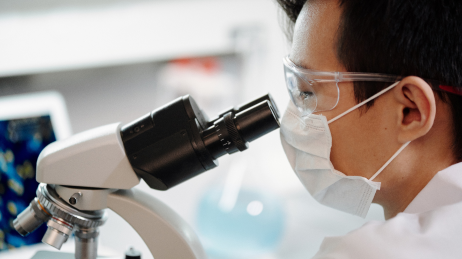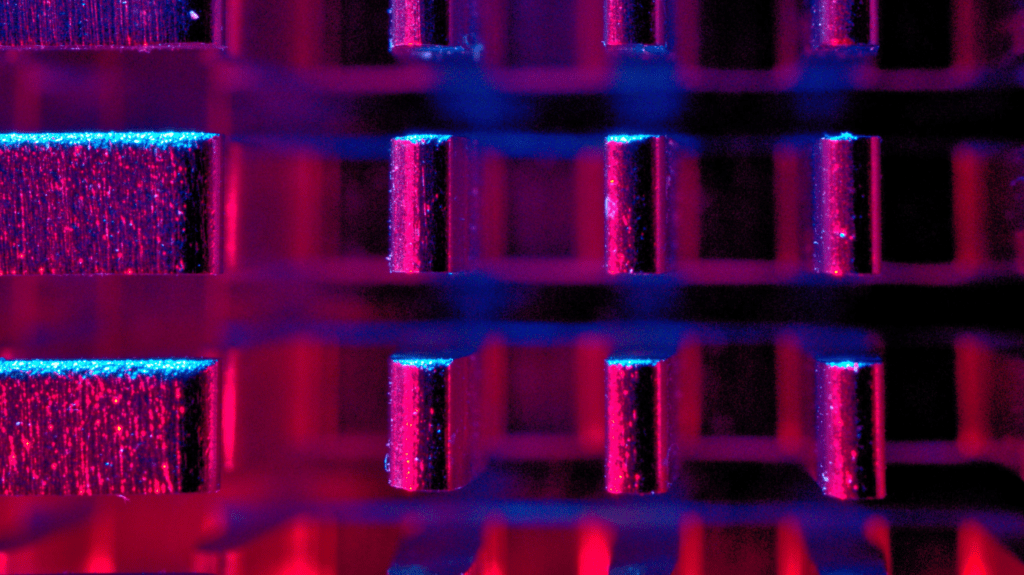Accueil » Inter-Semantic Domain Adversarial in Histopathological Images
Inter-Semantic Domain Adversarial in Histopathological Images
Abstract—In computer vision, data shift has proven to be a major barrier for safe and robust deep learning applications.
In medical applications, histopathological images are often associated with data shift and they are hardly available. It is important to understand to what extent a model can be made robust against data shift using all available data. Here, we first show that domain adversarial methods can be very deleterious if they are wrongly used. We then use domain adversarial methods to transfer data shift invariance from one dataset to another dataset with different semantics and show that domain adversarial methods are efficient inter-semantically with similar performance than intra-semantical domain adversarial methods.

In computer vision, data shift (i.e. a shift in the data distribution) has proven to be a major barrier for safe and robust deep learning real-world applications, such as computer vision for autonomous vehicles [1] [2], pose estimation [3], medical image segmentation and classification [4] [5]. Among medical images, histopathological images are tissue sections stained and analyzed with a microscope by a pathologist to highlight features from the tissue related with diseases. These images are the gold standard for cancer diagnosis and still have a huge potential to improve clinical practices [6]. Some data shifts for histopathological images are known such as differences in the acquisition device parameters, differences in the staining and the multitude of parameters in the different steps of the histopathology slide preparation. However, risk may also come from a type of
data shift that is not yet known.
Domain Adversarial (DA) [7] training has proven to be effective against data shifts notably in histopathological images [8]. However, classic DA training configuration requires a sample from the targeted source of data (e.g. data from a new laboratory). This is generally not a problem as it only requires to pick samples from the new environment and train with the DA without requiring to label these new data. However, in clinical application, it is generally not possible to fine-tune a posteriori, as it would require clinically validating the model again. But clinical applications need a proven robustness to satisfy regulatory requirements.
In light of this DA technique and the robustness requirement of medical applications, an important question is whether we can use data with different semantics (e.g. flowers images and vehicle images have different semantics, prostate cancer and lung cancer images have close but also different semantics) as DA data. For example, can we use a multi-source dataset of prostate cancer for DA training while running a lung cancer classification task. In order words, we question the transferability of the domain adversarial process across tasks and image semantics. Transferability of DA training would imply that any task could gain generalization from a large dataset not only through classical transfer learning but also through DA transfer.
Our last articles

p16/Ki67 AutoReader: Revolutionizing Cervical Cancer Screening with Automated Cytology
Our p16/Ki67 AutoReader software leverages cutting-edge technology to automate the identification of double-labeled cells on p16/Ki67-stained, digitized smear images. This innovative solution is poised to
General Introduction
General Introduction Ummon HealthTech is a place where cutting-edge science meets innovative healthcare solutions. We are dedicated to revolutionizing healthcare through our range of products

A Deep Learning solution for triaging patient with cancer according to their predicted mutational status using histopathological images
The presence of mutation in cancer can be associated with a response to a targeted cancer therapy. Therefore it has become an important information while it
